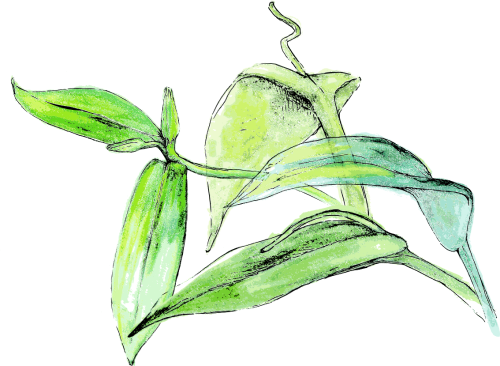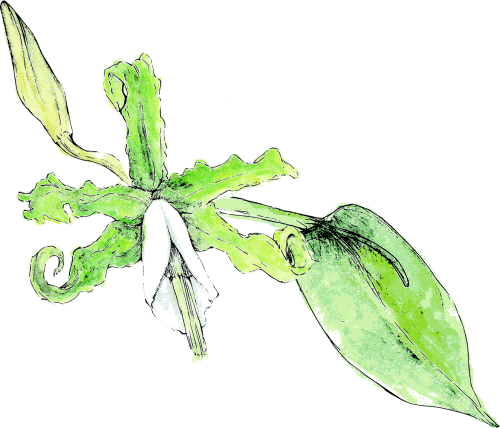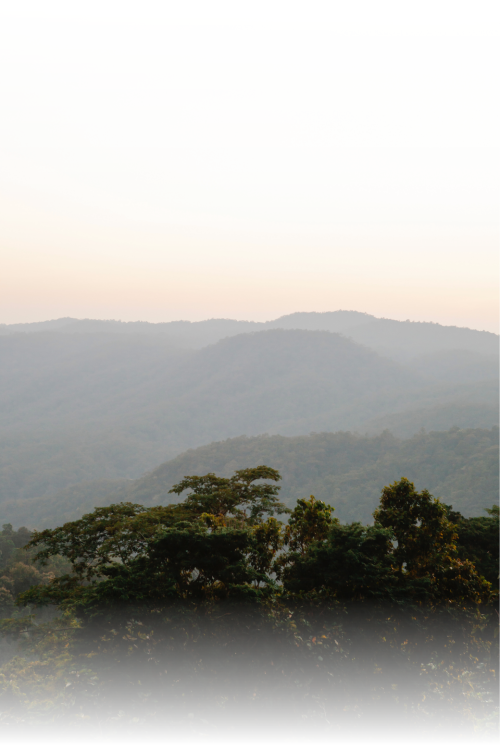



Atlantic Forest
biodiversity hotspot, sustainable oportunities for the bioeconomy
Translate this page to:



Bioeconomy presupposes the conservation of nature. To take advantage of the benefits of the Atlantic Forest, we need to do it hand in hand with sustainability. For this reason, the dissemination of the bioeconomic potential of Atlantic Forest species must go hand in hand with information essential to their preservation and sustainable use.
It is an online platform that integrates metabolomic and biogeographic data as a strategy to support bioprospection, conservation, restoration and sustainable cultivation in the Atlantic Forest. The target audience ranges from agricultural producers interested in sustainable cultivation, traditional communities and public authorities involved in the environmental sector. Registration is required to access the information here disclosed.
Register nowMetabolomics is an analytical method with the potential to holistically elucidate the metabolites that an organism produces. The discovery of metabolites produced by plant species from the Atlantic Forest can mean important advances, due to their potential bioeconomic relevance, with applicability in the sectors of agriculture, nutrition, medicine, pharmacy, among many other industries. Nevertheless, sustainable economic development depends on the conservation of biodiversity.
It is an analytical technique in the field of biogeography, in which the known distribution of the species is used to generate models and maps of their potential environmental suitability, in regions that can go beyond their already known distribution. By crossing the data of a model like this with maps of Protected Areas, we can find out if suitability hotspots of the studied species are covered or not by the spheres of legal environmental protection. In addition, models can support forest restoration initiatives and responsible and sustainable cultivation, within Private Natural Reserves, for example. Familial farmers and traditional communities can take advantage of this type of information to increase their income while helping to conserve native species with bioeconomic potential within the Atlantic Forest biome.
Contact